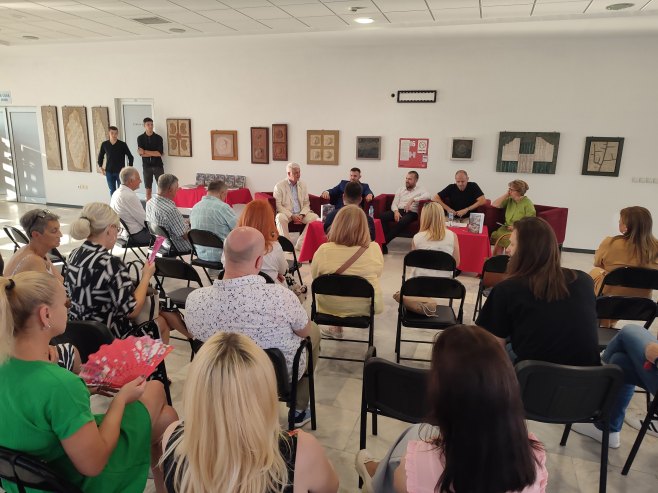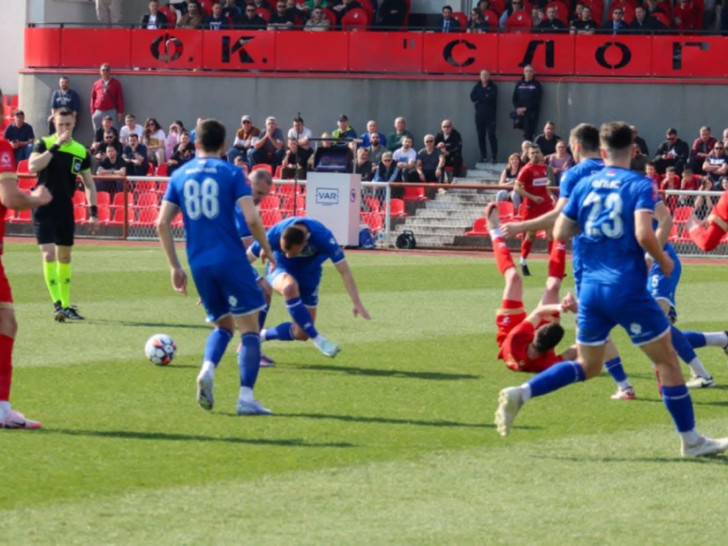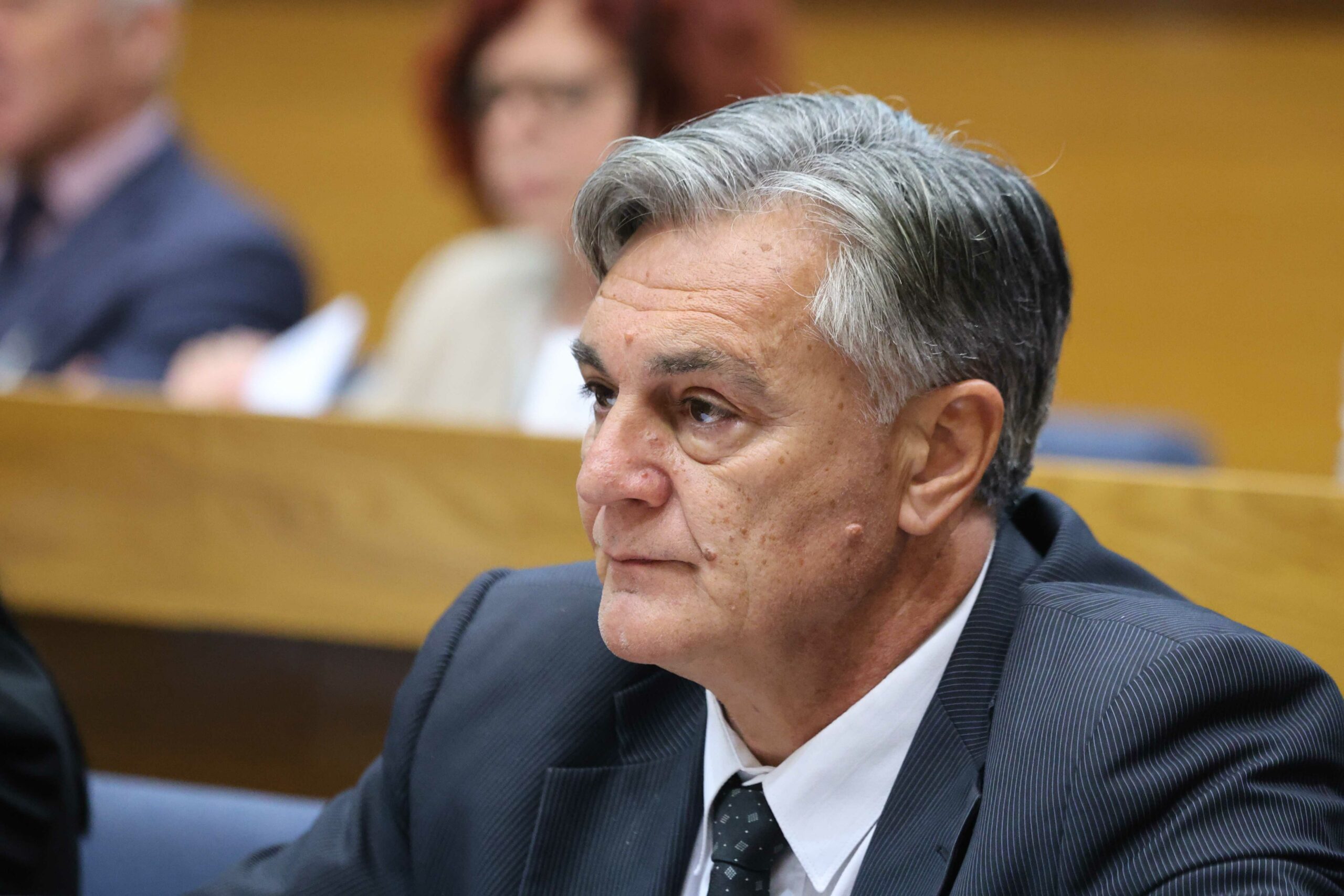The book Razboj by author Dragan Đurđević, dedicated to the village of Razboj in the municipality of Srbac, was presented at the Cultural Center in Gradiška.
Đurđević explained that after publishing his first book about his native village of Kladari, he decided to compile, in a similar fashion, both well-known and lesser-known information about the neighboring village of Razboj.
“In the 512-page book, the village of Razboj is described through the lens of geography and archaeology. Numerous historiographic documents are published, including population registers from the Ottoman period, genealogies from church records, information about the local school, and other important facts about this village,” Đurđević stated.
In addition to the author, the book was discussed by historian Damir Kljajić, historian and director of the Gradiška Heritage Museum Bojan Vujčić—an institution that also served as the book’s publisher—and professor of Serbian language and literature Radana Vila Stanišljević.
Kljajić emphasized that Razboj is a substantial scholarly work, a historical and geographical monograph of the village, featuring numerous documents, photographs, geographical maps and sketches, as well as testimonies from local residents.
He added that people originating from Razboj, by reading this book, will be able to learn about their ancestry and family lineages tracing back to the mid-18th century.
Vujčić noted that, just as he did when writing about his native village of Kladari, Đurđević left nothing to chance while documenting Razboj—a village that once belonged to the Gradiška district and now lies within the municipality of Srbac.
He pointed out that the author began the book with the origin of the village’s name, which was once Stapari, later Razboj, and today officially Razboj Ljevčanski. He highlighted the genealogies from church records and the population census from the Ottoman period as the most important elements of the book.
Source: RTRS









